Search engine marketing is easy. But you’ll run into a lot of people who want you to believe it’s hard, so you’ll pay them to do it for you.
Leveraging the power of Google Ads is one of the fastest ways to make your store visible to potential buyers across the web. In fact, studies show that nearly 41% of large e-commerce businesses credit Google Ads for more than half of their online sales.
Despite the fact that most small e-commerce store owners don’t have any prior training in running google ads, they still manage to leverage it to their advantage and make it work for their business.
Ready to join them? In this article, we break down all the best Google ads strategies that we use to help e-commerce store owners drive sales.
How Google Ads Work for Ecommerce
Google Ads makes marketing easy and somewhat foolproof. With its pay-per-click (PPC) model, you’ll never overspend on clicks that don’t lead to conversions.
Your maximum bid will let you decide how much you’re willing to spend on a given keyword — as marketers compete in an auction — so your budgeting needs are covered as well.
Put simply, Google Ads enables you to target specific keywords on Google so they get more qualified leads and more conversions from their campaigns. That way you make sure that someone Googling those keywords will see you in the search results.
It’s an exciting tool to have in your arsenal when it comes to online marketing and one that’s absolutely essential for e-commerce stores.
Why Google Ads Are so Important for Ecommerce
It’s worth digressing briefly into some basics about how Google search results work to understand just how vital Google ads are to success in e-commerce.
By and large, Google searches are the bread and butter of any e-commerce store. If you’re selling blue widgets and you don’t show up in results when someone searches for “blue widgets”, you’re losing one of your most important sources of income.
As the old marketing saying goes: you can’t sell hot dogs without a hungry crowd. And, let me tell you, there is no hungrier crowd than people Googling for what you’re selling.
One way to get in front of that crowd is to do search engine optimization or SEO for short.
And you should definitely be investing some resources into SEO. But the simple fact is that SEO is all about getting Google to think you’re the best at what you do. And that takes a lot of time.
In the time it takes you to get the SEO right (or at least as “right” as it needs to be to get you in the blue), you may be out of business.
That’s where Google Ads come in.
Whether you need short-term, medium-term, or long-term results, there are ad strategies that get you there. So it’s absolutely worth your time to get very familiar with Google Ads as an e-commerce business owner.
Google Ads Types for Ecommerce Explained Simply
There are over 20 (and counting) types of Google Ads. And not all of them are ideal for e-commerce. But don’t worry — we will break down the ones that are best for e-commerce store owners.
Google Shopping Ads
Google Shopping Ads are a type of paid advertisement used by e-commerce businesses to showcase their products and services in the Google search engine.
They are typically displayed at the top of the search engine results page and feature a product photo, title, price, store name, and other details about the product.
Google Shopping Ads are important for e-commerce businesses because they allow you to directly target potential customers who are actively searching for the products you’re selling.
An example of how this works can be likened to a store in a shopping mall. When shoppers enter the mall, they’re looking for something specific, and they’ll search through the stores until they find the item they’re looking for.
Google Shopping Ads place your products at the very entrance to the mall so searchers can’t help but see what you have to offer.
Google Shopping Ads are also important because they allow businesses to track the performance of their ads and understand how their campaigns are performing. This helps you make informed decisions about where to allocate your budget more effectively.
Google Search Ads for Ecommerce
Google Search Ads are the meat and potatoes of just about every digital marketing strategy. And that includes e-commerce marketing.
They are the basic vanilla ad links that appear at the top of search results but there’s nothing basic about the revenue they can help you generate.
The key difference between search ads and shopping ads is that search ads don’t display a product photo or price. Instead, you’re targeting people who are looking for more specific keywords related to the product or service you offer.
So, you get a lot more control over who sees your ads when you’re using Google search ads. That could be vital when people are searching for specific items.
For example, if you’re selling a niche product like hand-crafted wooden furniture, you’re much more likely to be successful in targeting people who search for “hand-crafted wooden furniture” than with Shopping Ads.
And, if your ad copy is good enough, you could easily convince someone to buy from you rather than from a competitor. With a product ad, your conversion rates will hinge on the features of your product but with search ads, you have the freedom to highlight the benefits for shoppers and generate much better conversion rates.
Google Display Ads for Ecommerce
E-commerce business owners everywhere should be taking note of the power of Google Display Ads. Not only are they cost-effective, but by leveraging visuals you can effectively speak to your target consumers and increase sales. Traditional text-based ads don’t always do the trick, as unleashing the potential of visuals can allow customers to better identify with a brand.
Google Display Ads offers many benefits to e-commerce stores that other types of advertising on Google do not.
- Reach a larger audience: Google Display Ads are served on websites that partner with Google, meaning your ads can be seen on websites related to your product or service. This allows you to reach a much wider audience than other Google ads, such as AdWords or Shopping Ads.
- Target specific audiences: Google Display Ads allow you to target specific audiences based on their demographics, interests, and more. This means you can find the right people who are more likely to find your products and services appealing.
- increase brand awareness: Google Display Ads are a great way to increase brand awareness. They allow you to showcase your products and services in a visual way that connects those products with your brand identity.
- Retarget customers: Google Display Ads can be used to retarget customers who have already visited your website. This allows you to stay top of mind with potential customers, encouraging them to revisit your site and potentially make a purchase.
- Better ROI: Google Display Ads can have a better return on investment (ROI) than other types of Google Ads in instances where visuals play a key role. This is because you’re targeting customers who are already interested in your product or service.
YouTube Ads For Ecommerce
YouTube ads are another powerful tool for e-commerce stores. If a picture is worth a thousand words, a video ad is sure worth at least a thousand pictures.
If you’ve ever been sucked into a YouTube rabbit hole, you know how alarmingly effective the algorithm is at keeping people engaged. So what do you get when you combine killer ad copy, stunning visuals, immersive sounds, and an engaged audience? Sales. The answer is sales.
Here are some of the main reasons why you should be running YouTube ads for your e-commerce store and the things you should be thinking about when you’re working on optimizing your YouTube ads.
- Reach a large, engaged audience: YouTube is the second largest search engine and the second most visited website in the world, making it a great platform to reach a large, active audience.
- Showcase products in creative ways: YouTube ads allow e-commerce stores to showcase their products in creative, engaging ways, giving potential customers a better understanding of the product before they consider buying.
- Targeting options: YouTube provides granular targeting options that allow e-commerce stores to target their ads to a specific audience based on their interests, age, location, etc.
- Flexibility: YouTube ads provide e-commerce stores with the flexibility to create different types of ads, such as in-stream, discovery, bumper, and out-stream.
- Cost-effectiveness: YouTube is a cost-effective platform for e-commerce stores to advertise on, as it allows them to reach a large and targeted audience without breaking the bank.
- Analytics: YouTube provides e-commerce stores with detailed analytics that allow them to measure the performance of their ads and make adjustments to ensure they are getting the most out of their investment.
Optimizing Google Ads for Ecommerce
Alright, now you know which ads to use — so far, so good.
But you definitely don’t want to stop there. To really get the most out of your ads (and to set your ads apart from 90% of the other advertisers), you’ve got to get good at optimizing them.
We’re going to assume you have the basics nailed down for this next part, but if you’re just getting started with Google Ads, check out Google’s own guide for beginners.
Prioritize Your Ad Budget on Your Best Selling Items
Prioritizing best-selling items when allocating an advertising budget is a good idea because it allows you to maximize the return on investment (ROI) of your advertising spend. By targeting items that already have a strong track record in sales, you can be more confident that they will continue to perform well.
This helps to ensure that you are getting maximum value out of every dollar that you spend on advertising. Additionally, by targeting best-selling items in your campaigns, you can be sure that you are gaining maximum visibility and exposure for your brand. This can help to drive more sales and conversions, which in turn leads to a higher ROAS.
You’ll find all the information you need to do this in your Google Analytics reports.
Logging into your Google Analytics dashboard is the first step to getting an inside peek at the where and why of customer purchases.
Once you’re in, navigating to the ‘Conversions’ portion of the dashboard should be a breeze, followed by picking out the ‘E-commerce’ section for a thorough breakdown of online successes. Inside that category lies a golden nugget: ‘Product Performance.’
This is where all of your top-selling product items will be listed – allowing you to easily figure out what products are bringing in the big bucks and why customers are liking them.
Jump On Seasonal Trends
When running an e-commerce business, seasonality can have a huge impact on how you advertise.
It’s one of the most intuitive ways to forecast consumer demand for your products and you should be prepared to increase your ad spend in line with those trends.
Let Google Take The Reins
If you’re inexperienced at running Google Ads campaigns for e-commerce, you can let Google’s machine learning do the heavy lifting. Smart Shopping campaigns are a godsend in this regard, and we’ll let you in on a little secret: even the best marketing agencies in the world use them.
Google’s brainpower is pretty darn good, but it’s not flawless. So you shouldn’t let it go unchecked.
It’s a great tool if you already have a lot of conversion data about your products and remarketing lists at the ready. But if you want to stay away from specific customer bases, don’t have a lot of transaction data, or want your ads to be surgically precise, Smart Shopping campaigns aren’t ideal.
Optimize Your Product Data Feed
It’s impossible to emphasize how important product data optimization is for conversion. It’s basically the only data shoppers see when they see your ads, so it’s vital to keep it constantly updated.
There’s a lot to be said about product data feed optimization and even entire tools designed around it. Here, we’re only covering the basic things you need to get right.
1. Make your product stand out in any way you can. You can’t mislead shoppers with false information in your product data but you can definitely make your product look as attractive and enticing as possible with customer reviews, unique promotions, installment plans, etc.
In short, make sure you include as much information as you can in the product data specifications. The more Google has to show shoppers, the more you will stand out from those who don’t have the same data.
2. Include a Global Trade Item Number (GTIN). As a matter of fact, Google prefers that you include this and will prioritize products with GTINs over those that don’t have one. This is crucial for shopping ads because it ensures your product can be matched with Google’s product database and will help boost the quality score of your ads even more.
Many products display their GTIN on the packaging and if that’s the case, all you have to do is match that number to the product in your feed. If you have trouble finding the right GTIN, you can always contact the product’s manufacturer and request it.
3. Use high-quality images for your products. This line is almost a cliche at this point and that makes many people treat it as an afterthought. But research shows again and again that online product photos make a direct and significant impact on consumer purchase decisions.
And that’s especially true in Google search results where you don’t have the benefit of displaying your products in the context of your beautifully designed store.
So, it’s very much worth it to invest in high-quality photos of your products. Some other things to consider are:
- Experiment with alternative views of your products. Most sellers will use the textbook shot of a product so you can easily stand out from the pack with a different angle.
- Put your products in the context where they might be used, such as using a picture of a couch that you’re selling in an inviting living room setting.
- As humans, our eyes seek out the faces of other humans. It’s one of the most powerful marketing tools at your disposal.
Google Ads For E-commerce – Key Takeaways
Google Ads are a non-negotiable part of successful e-commerce. Even if you have the best organic strategy, you’ll always need some support from paid search ads to make sure you’re getting the best performance out of your business.
And you can get decent results by becoming familiar with a few simple strategies to start with. Things like using high-quality product pictures, focusing on best-selling items, and just understanding which type of ad works best in which situation are enough to get you off the ground and running.
Once you have a system in place that works for your store, you can start to optimize more aggressively. It’s an ongoing process but google ads are undoubtedly one of the smartest investments you’ll ever make if done right. Good luck and let us know if we can help!


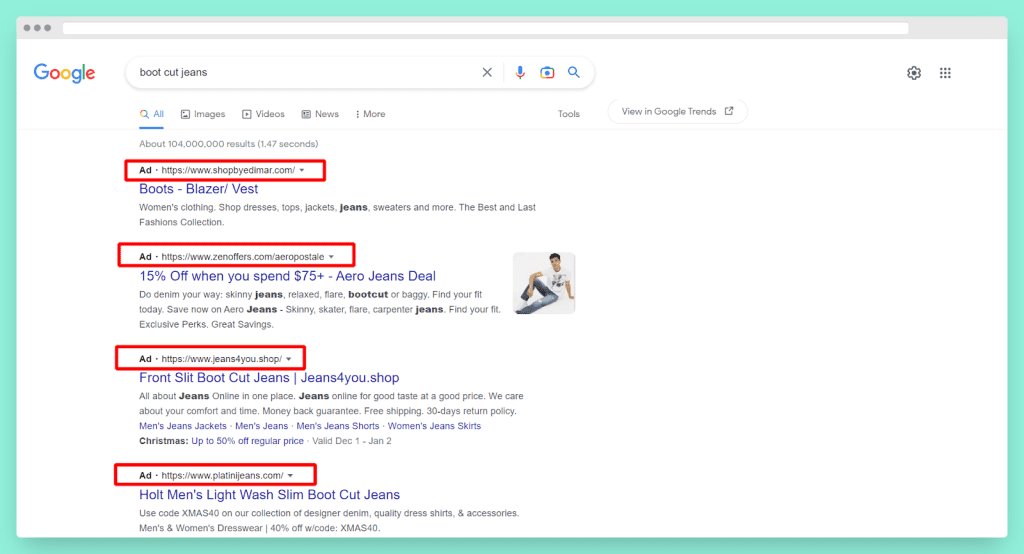
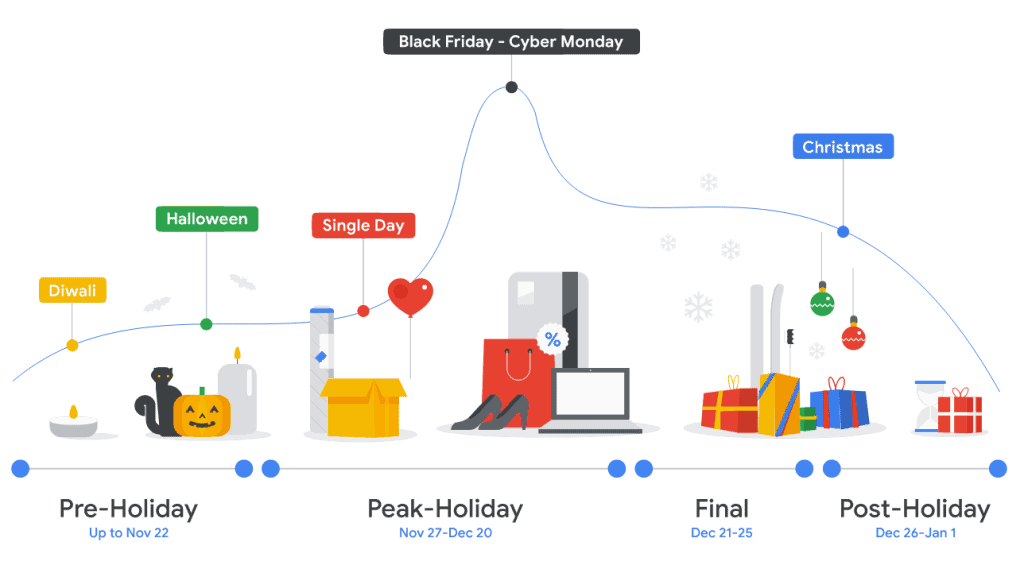



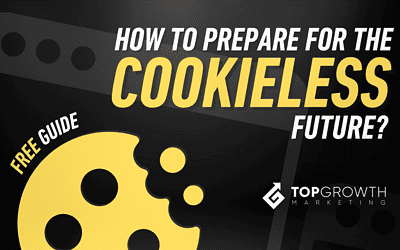

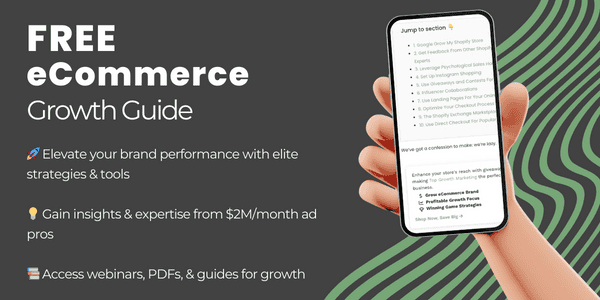
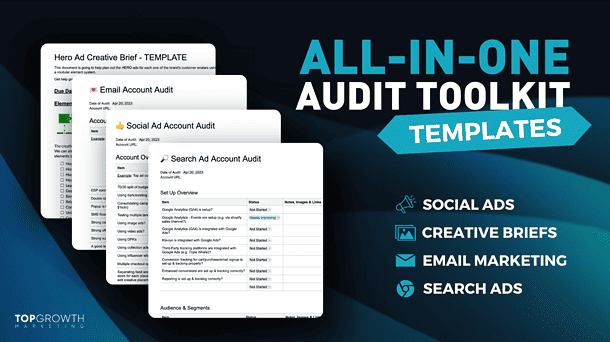
0 Comments